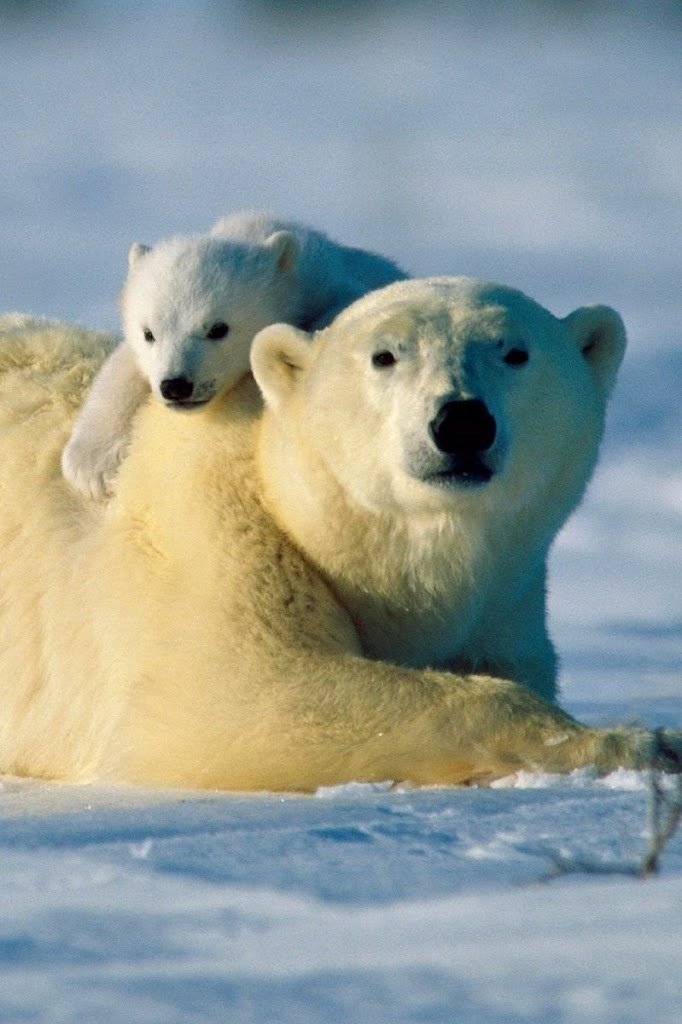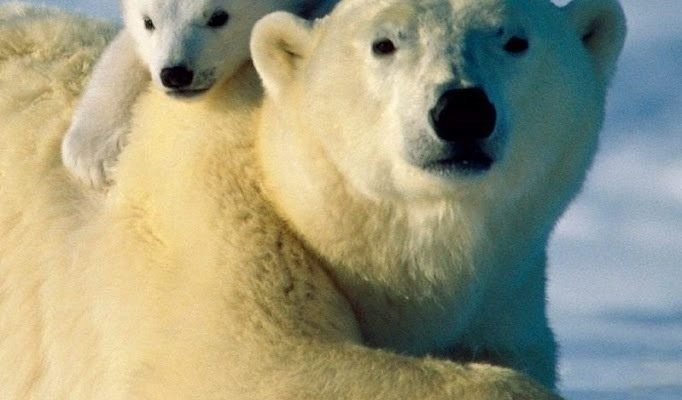
Polar bears symbolize the Arctic wilderness, but they also serve as a stark reminder of climate change’s impact on our planet. As they roam their icy habitat, they face serious threats that put their existence in peril. So, let’s dive deeper into the world of polar bears, explore their conservation status, and understand why protecting them is essential for the environment.
Understanding the Polar Bear Population
Diving into the details, it’s crucial to grasp how many polar bears are out there. As of now, there are about 22,000 to 31,000 polar bears left in the wild. They primarily inhabit the Arctic regions of Canada, Alaska, Greenland, and parts of Russia. This number can sound shocking, considering how majestic they are.
Polar bears are classified as a vulnerable species by the International Union for Conservation of Nature (IUCN). This classification means that while they aren’t officially endangered yet, they are at risk and may become endangered without significant conservation efforts. In simple terms, they’re like a car teetering on the edge of a cliff—one wrong push, and they’ll be in serious trouble.
Their population declines aren’t just numbers on a page; they reflect real-life challenges. Climate change, loss of sea ice, and even hunting put them in a precarious position. You might be picturing these bears sitting on melting ice floes, and unfortunately, that’s not far from reality.
The Impact of Climate Change
Let me explain how climate change plays a huge role in the survival of polar bears. They depend heavily on sea ice, which acts as a platform for hunting seals, their primary food source. As global temperatures rise, that ice melts away faster than we can blink. This melting leads to longer periods of fasting for polar bears, making it harder for them to find food and raising their caloric needs.
In fact, researchers have noted alarming trends. Polar bears are spending more time on land and less on the sea ice where they thrive. As their hunting grounds disappear, they face starvation, leading to weight loss and reduced reproductive rates. Imagine if your favorite diner closed down, and you had to travel miles to find food—pretty frustrating, right? That’s the daily struggle for these bears.
The melting Arctic isn’t just an issue for polar bears; it affects the entire ecosystem. Without ice, the seals decline, and that impact ripples through the food chain. This is why addressing climate change is so crucial—not just for polar bears but for the health of the planet as a whole.
Hunting and Other Threats
While climate change is a significant factor, hunting also poses a threat to polar bears. In some regions, controlled hunting is permitted due to local traditions. However, unsustainable hunting practices can lead to population decreases.
Another pressing threat is oil and gas exploration in the Arctic. As companies scramble for resources, they encroach on polar bear habitats. The risk of oil spills and habitat destruction can have deadly consequences for these magnificent animals. It’s like someone tearing down your home because they want to build a new mall—totally unfair and damaging.
Pollution also plays a role here. Chemicals from industrial activities can build up in polar bears, leading to health issues and affecting their ability to reproduce. When pollution meets the Arctic environment, it becomes a ticking time bomb for polar bears and other wildlife.
Conservation Efforts in Action
The good news? Conservation groups and governments have recognized the need to protect polar bears. Various initiatives aim to mitigate climate change, reduce emissions, and safeguard their habitats. Organizations like the World Wildlife Fund (WWF) are working tirelessly to create protected areas and advocate for better practices that consider the polar bear’s plight.
For example, some countries have enacted laws to reduce hunting quotas and promote sustainable practices. Protected marine areas are also being established, allowing polar bears to roam freely without the threat of being disturbed by human activities. It’s a bit like creating a safe zone where they can thrive, which is super important for their survival.
Moreover, scientific research plays a significant role in shaping these efforts. By studying polar bear behavior and population dynamics, researchers can provide data to guide policy decisions and conservation strategies. Think of it as giving the bears a voice in their future, helping them navigate the challenges they face.
Global Responsibility and Community Involvement
You might be wondering how you can help polar bears. The truth is, protecting them is a global responsibility. Every action counts, from reducing your carbon footprint to supporting organizations that work for their conservation.
Community involvement is essential too. Many local initiatives encourage people to participate in conservation activities, whether that’s organizing beach clean-ups, raising awareness about climate change, or even supporting eco-friendly companies. It’s like building a team where everyone pitches in and helps each other out.
Also, education plays a critical role. Spreading awareness about the challenges polar bears face can drive change. The more people understand the issues, the more likely they are to take action. You can talk to friends, share information online, or even get involved in local environmental groups.
The Future of Polar Bears
So, what does the future hold for polar bears? It’s a mixed bag. While they face many challenges, hope isn’t lost. The global movement for climate action is gaining momentum, and more people are becoming aware of environmental issues. With concerted efforts, we can slow down climate change and protect the polar bear’s icy home.
The survival of polar bears is not just about them; it symbolizes the health of our planet. If we can help them, we can also help countless other species facing similar threats. Remember, when we protect one part of the ecosystem, we’re often safeguarding others too.
So, as you sip your coffee and think about these incredible creatures, consider the small steps you can take to contribute to their survival. Together, we can help ensure polar bears remain a part of our world for generations to come.
In conclusion, polar bears are on the edge, but with awareness, action, and global cooperation, there’s still time to turn the tide. Let’s be the voices they need to continue gliding gracefully across the icy expanse they call home.

